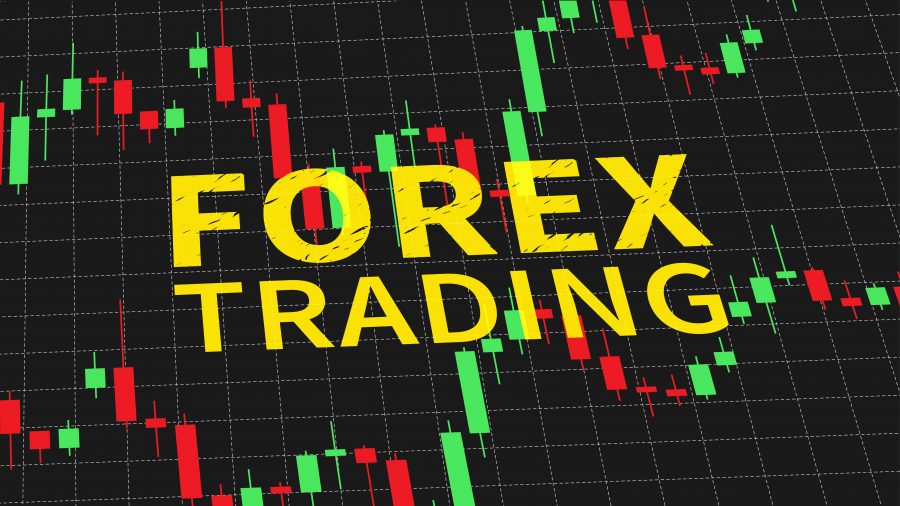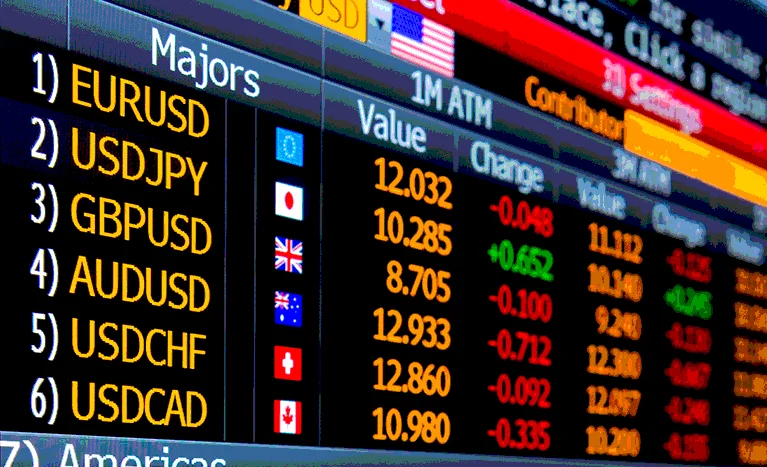Trading is currently a hot topic. Actually, it’s been happening online for decades already, and for centuries if you’re talking about in-person trades.
However, the online world is a little different to the olden days of trading gold for cattle, since the terms trend trading, day trading, cryptocurrency, securities and futures are used without many knowing the actual meaning behind them, as well as the associated risks and requirements.
Each trading type comes with its very own set of rules and regulations. While the premise may be the same, namely buy low and sell high, there is a myriad of things to consider beyond the price point. This article aims to shed light on the different options you have a knack for finance and a good gut feeling for the markets.
Going with the trend
Trend is another one of those words widespread on social media and online in general. As a noun, trend is defined as a general direction in which something is developing or changing, and the same applies to the adverb use: trend trading.
This form of trading on the financial markets is quite popular actually, as it’s a strategy that involves traders leveraging existing market trends to execute profitable trades. Put simply, traders estimate the direction that prices are moving in, based on where they were in the past. Even though it’s a popular one, this approach requires meticulous monitoring and identifying potential patterns before anyone else does.
Finance people try to use tools to help them predict the future market. A stochastic oscillator is an example of one of these tools: in plain English, a stochastic oscillator is a momentum indicator that compares a particular closing price of a security to a range of its prices over a certain period of time, meaning that this tool uses a scale to measure the degree of change between prices from one closing period to predict the continuation of the current direction trend.
It’s not as complicated as it sounds once you try it out. The sensitivity of the oscillator to market movements is reducible by adjusting that time period or by taking a moving average of the result. However, since the market does what it wants and is dependent on many factors, a tool can only help so much. The best tool in the trading industry is knowledge mixed with experience and tenacity.
Going for gold
Trading in gold sounds very fancy, like one is walking around with a wheelbarrow carrying bars of gold. A nice thought indeed, if not a little heavy. Gold falls under the commodities trading umbrella, which refers to an economic good, in other words, something of financial value and usually a resource.
Commodities usually involve raw materials and not manufactured goods, think cocoa, sugar and fruit. However, one can also trade in hard commodities that are mined, such as gold and oil.
Depending on your love or disdain for risk, commodities trading may be your cup of tea, but remember that some consider it a risky investment because the supply and demand of these products are affected by events that are difficult to predict, namely harvesting conditions, weather, geopolitics, demand and supply, trade regulations as well as natural and human-made disasters.
So, if you are interested in finance and could see yourself trade gold, try a demo account for a start to ascertain how things work in the commodities industry without using your own money to start off with.
It’s all in a day’s work
The next thrilling trading method is called day trading, with the name kind of giving it away. While there are numerous factors to keep in mind, simply put, this type of trading involves a trader actively buying securities, like gold or cryptocurrencies, and selling them in the course of the same day.
People are all different, and that applies to their stress and anxiety levels, too. So, you need to know what kind of person you are and whether you can handle the stress of purchasing goods and monitoring their fluctuation to the minute. It can be an exciting venture if your nervous system can take it and you have a good feeling for the market, meaning that you know when you sell or even cut your losses if you don’t see an increase.
The profit comes from buying and selling a large number of securities. Be sure not to rush anything because learning how to trade takes time and the market is volatile at times, especially when it comes to currencies like the Ugandan Shilling or cryptocurrency, so you want to make smart decisions as opposed to fast ones.
Coining it with cryptocurrency
This last one is slightly controversial. Cryptocurrency, the umbrella term used for Bitcoin, Ethereum, Solana, Tether, Dogecoin and many more few, is a decentralized digital asset that doesn’t require traditional trusted third parties (middlemen, like banks).
Although we’ve been hearing about it what seems like for years, it’s a relatively new type of asset that joins the ranks of traditional assets like cash, gold and real estate. But, compared to traditional assets that don’t fluctuate too much, the crypto market is volatile because of many factors.
The main reason for the volatility is the supply and demand dynamics, with the cryptocurrency’s predetermined supply limit of 21 million coins catalyzing price fluctuations. It’s rather simple when you know that there is only a predefined number of coins: when the finite supply approaches its limit, the asset becomes scarcer, which means that prices tend to skyrocket in response to increasing demand.
The same goes for the opposite; when demand is low, the price drops and results in market crashes. Crypto is a special kind of trading unit, so ensure that you know the basics and cornerstones before you give it a go.
Trading, like any other career or side hustle, takes time and patience, and preferably a background in finance. It doesn’t mean that you can’t try it out if you haven’t studied economics, but always approach trading with a responsible attitude and don’t see it as a get-rich-quick kind of thing.



